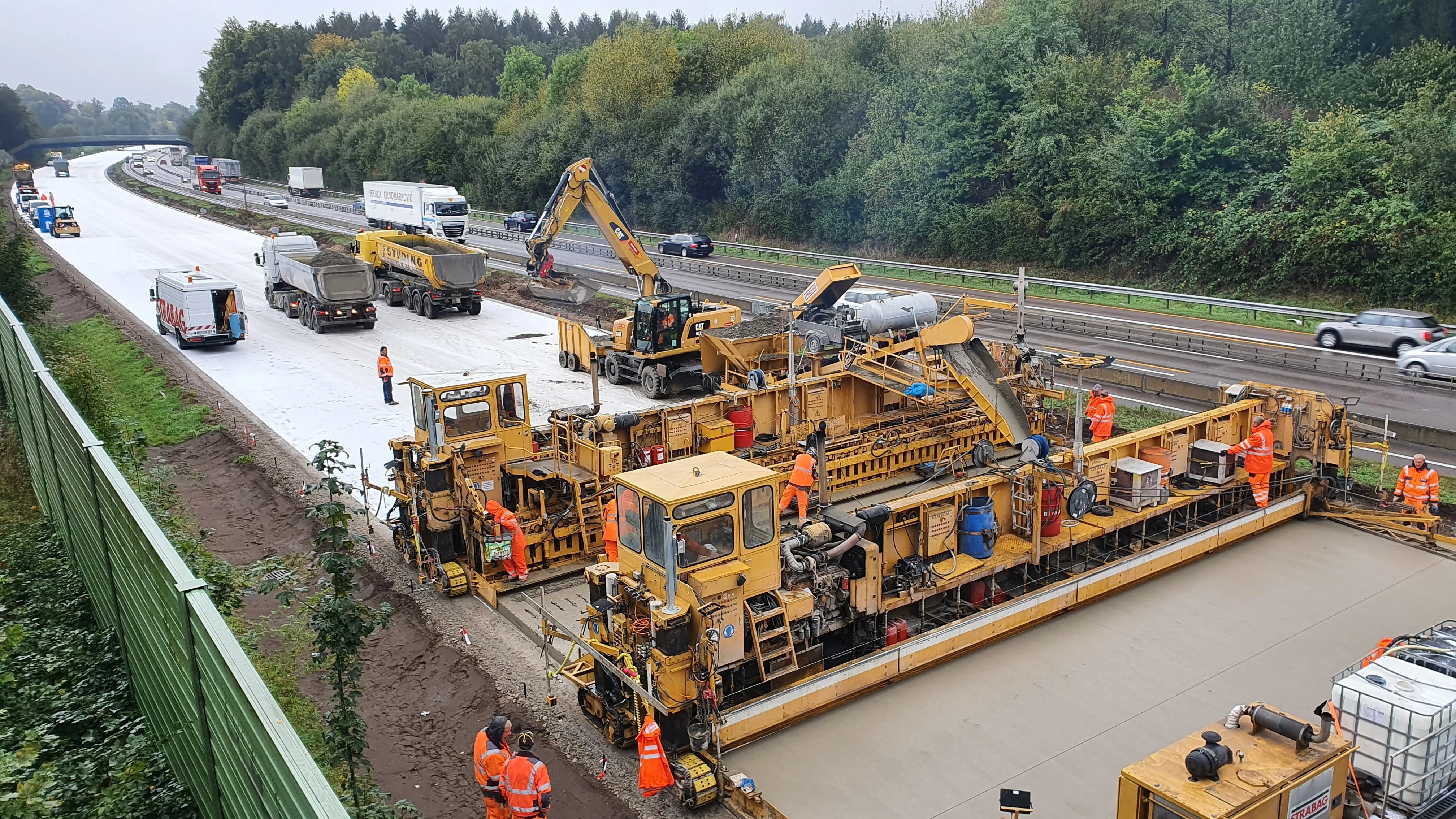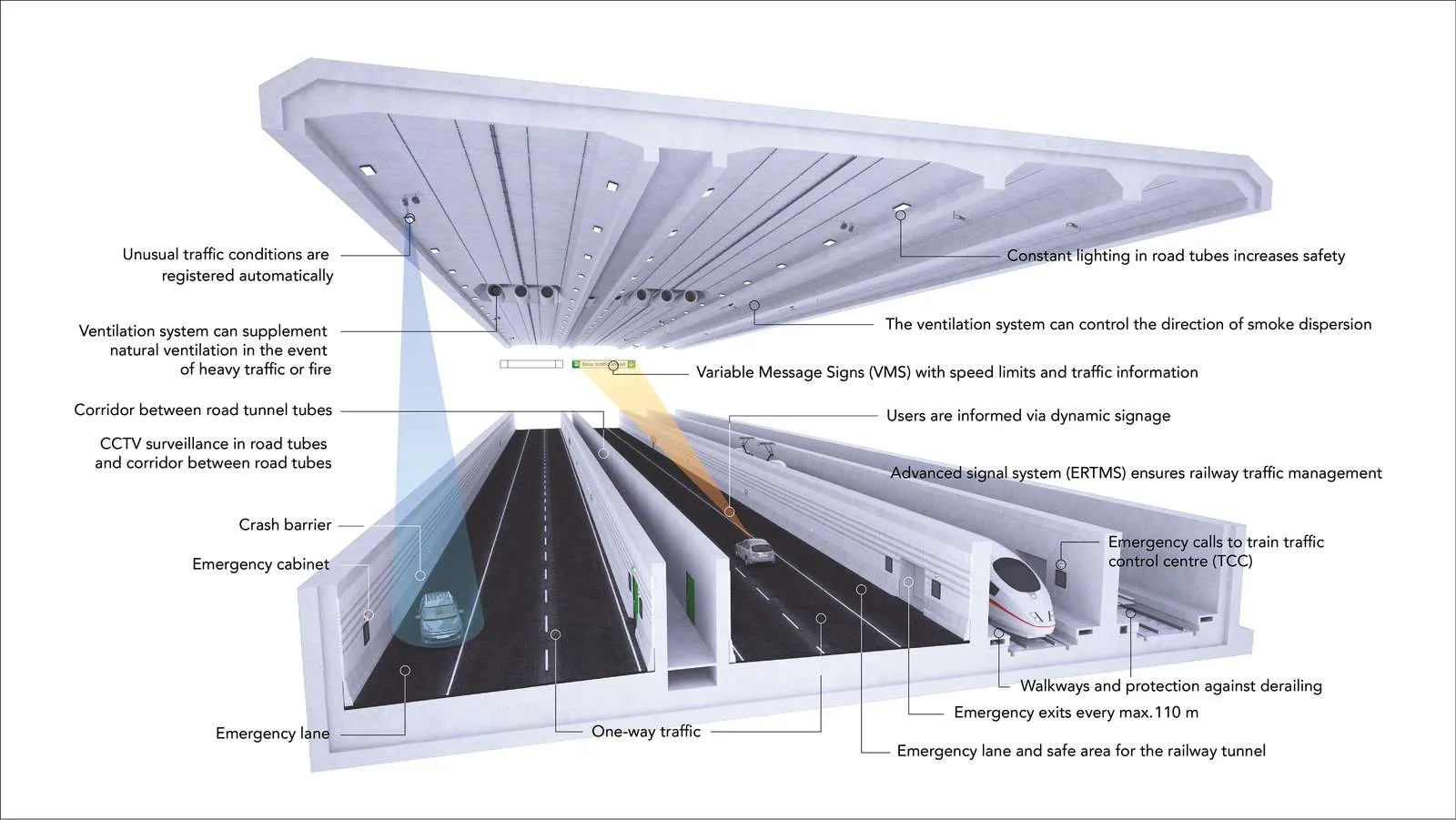A key German highway project has been awarded.
By MJ Woof
January 25, 2021
Read time: 2 mins

The contractors Johann Bunte and STRABAG have won the contract to widen a stretch of the A1 Autobahn in Germany. The two firms both have 50% shares of the €600 million contract and will handle the work through the Lohne Bramsche joint venture.
The package of works will see the two firms widening the A1 to three lanes in either direction along a 30km stretch in Lower Saxony. The section is located between the Lohne/Dinklage exit and Bramsche exit. Widening the route will help tackle congestion at this particular stretch. The work should be complete by 2025 and the contract will include maintaining this section of the A1 for 30 years.
Johann Bunte will take the technical lead and STRABAG the commercial lead in the joint venture. Construction will start on 1st February 2021 and will be carried out under traffic. In addition to extensive earthworks and the construction of the carriageways, 14 bridges along the motorway section as well as two overpasses over the motorway must be completely rebuilt. In addition, 18 bridges will be rehabilitated. The joint venture will also perform noise barrier works as well as accompanying landscaping. With the aim of affecting the traffic flow as little as possible, the joint venture will carry out its activities in eight construction phases. In the first five phases, the motorway is to be widened in the direction of Osnabrück (2021 and 2022). Once these works are completed, the next three phases will cover widening and new construction works in the direction of Bremen.
The A1 is one of the oldest routes of the Autobahn network and carries amongst the heaviest traffic. The section between Hamburg and Bremen is particularly busy and has been subject to a number of upgrades in recent years. With work now going ahead for the Fehmarn crossing between Denmark and Germany, the A1 will be carrying considerably more traffic in the future as it will provide the key transport link.








